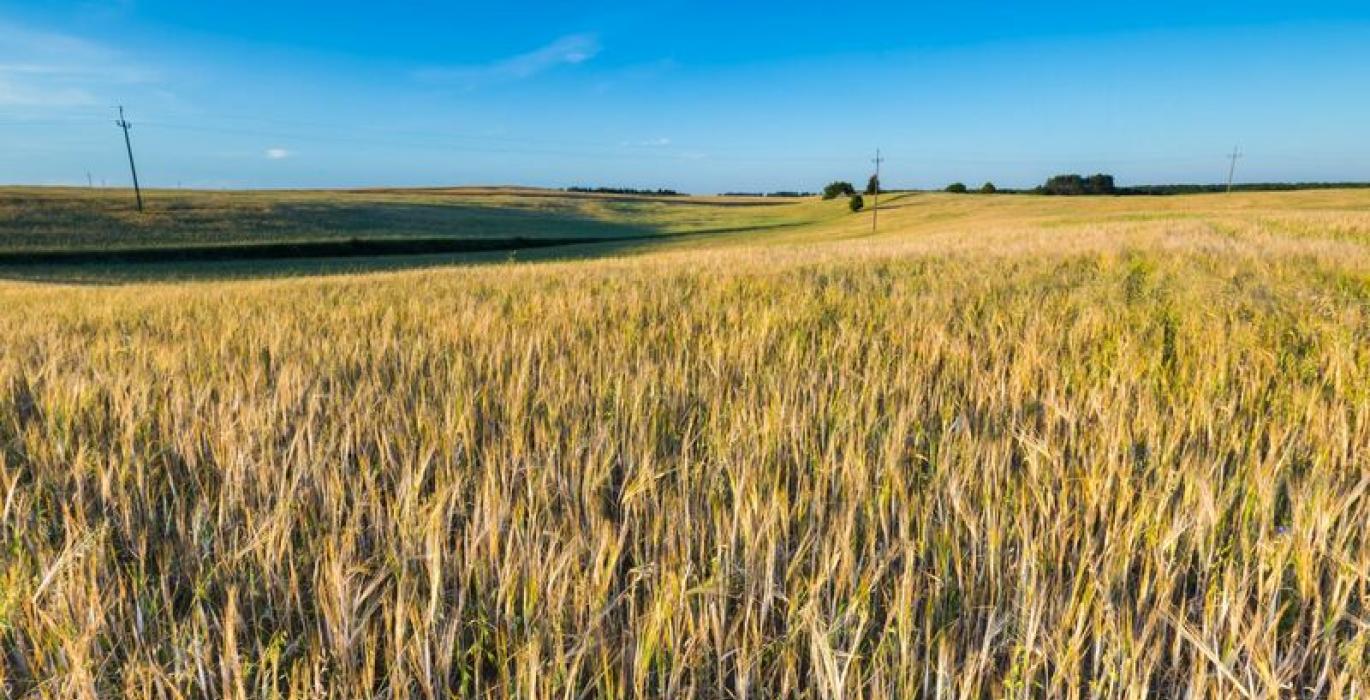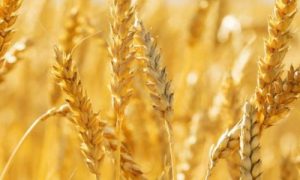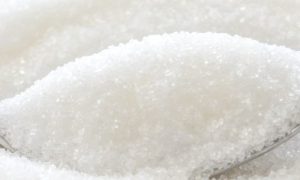Brazil aims for wheat self-sufficiency

In Brazil, the expansion of wheat production will include cultivating “tropical wheat” in the Cerrado biome, known for its dry weather resistance. Currently, 87% of Brazil’s wheat is produced in southern states, but the government aims to boost planted areas from 8.4 million acres to 9.9 million, including increasing wheat acreage in the Cerrado from 620,000 to 870,000 acres. Brazil’s wheat production is projected at 9.5 million tonnes for 2024-25, but imports still meet about 80% of the country’s 12 million-tonne annual demand.
The USDA attaché in the country’s capital of Brasilia said the expansion of wheat will include cultivating “tropical wheat” in the savanna-like region of central Brazil known as the Cerrado biome. These varieties of tropical wheat are reported to be better resistant to dry weather.
Approximately 87 per cent of Brazil’s wheat is produced in the southerly states of Rio Grande do Sul and Parana. The Cerrado, about 22 per cent of Brazil’s territory, stretches from Parana northward to Maranhao. It takes in all or parts of other states such as Minas Gerais, Mato Grosso, Mato Grosso do Sul, Goias, Sao Paulo, Tocantins, Piaui, Bahia, and the Distrito Federal.
The attaché said Brazil is on pace to produce about 9.5 million tonnes of wheat in 2024-25, but the country’s equivalent to the USDA, Conab, projected nine million tonnes. Brazil requires 12 million tonnes of wheat per year, and its imports place 10th in the world. At least 80 per cent of Brazil’s wheat imports come from Argentina.
More production means more planted area, with the government pushing to expand it from 8.4 million acres in 2023-24 up to 9.9 million. Within the Cerrado, the plan is to start increasing wheat area to 870,000 acres from the current 620,000, with a focus on converting degraded pastures to fields. That’s also expected to produce an additional 300,000 tonnes of wheat.
The Cerrado weather is based around its rainy season from September-October to March-April, and then its dry season from April-May to September-October. While much of Brazil’s rain-fed wheat is planted in March and its irrigated wheat follows in April, the tropical wheat would require only 10 days of continuous rain during its flowering period.
Four varieties of wheat have been developed and are grown in Brazil, with high-quality BRS 264 accounting for 80 per cent of the irrigated wheat. The BRS 394 variety is flexible enough to be used for rain-fed or irrigated fields with a development cycle of 110 days. The BRS 404 wheat is more tolerant of dry weather such as that experienced in the Cerrado. The BRS 254 has a development cycle of 120 to 125 days, and while it produces high yields, it requires careful management.
Then there are issues with wheat blast, a disease that can severely cripple output. Wheat blast can be prevalent in humidity of 90 per cent or more with temperatures of around 28 C.
A number of Brazilian farmers look to wheat as a second-season crop to follow corn or soybeans, but much of the soil within the Cerrado is often poor in phosphorus and potassium, which requires balanced fertilization.
Source Link : https://www.producer.com/news/brazil-aims-for-wheat-self-sufficiency/

















